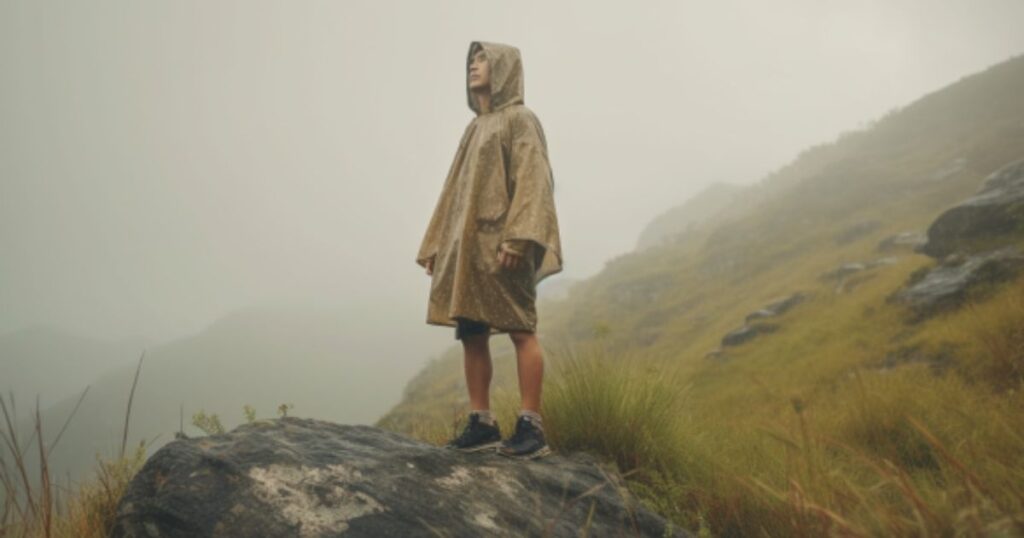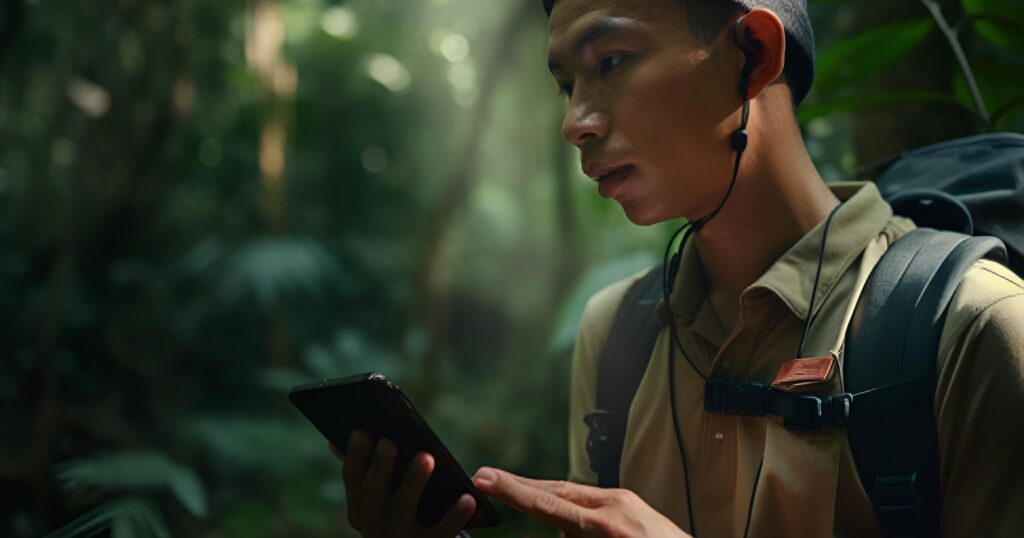When it comes to outdoor adventures, backpacks are a must-have item. Not only do they allow you to carry essential gear and supplies, but they also help distribute the weight evenly, reduce strain on the body, and provide hands-free movement. However, with so many options available on the market, it can be challenging to choose the best backpack for your needs. Here are some ideas to help you choose the right one:
- Fit: A well-fitted backpack is essential to prevent discomfort and injury. Measure your torso length and choose a backpack that matches your measurements. Make sure to adjust the straps and hip belt for a snug fit.
- Capacity: Consider the length and difficulty of your trip to determine the appropriate capacity for your backpack. A 30-50 liter backpack is ideal for day hikes, while a 50-80 liter backpack is better suited for multi-day trips.
- Features: Look for backpacks with features that match your needs. For example, if you plan to hike in wet conditions, choose a backpack with a rain cover or waterproof material. If you need easy access to your gear, look for backpacks with multiple pockets or a front-loading design.
- Comfort: Choose a backpack with a comfortable back panel and shoulder straps. Look for backpacks with breathable and padded materials that reduce friction and discomfort.

A backpack is like the trusty sidekick to your superhero alter-ego. Without it, you'll be like Batman without Robin, Thor without his hammer, or a clown without their red nose! So don't you dare underestimate the importance of a good backpack - unless you want to end up carrying all your gear in a grocery bag like a sad, lost soul. Trust me, it's not a good look.
Types Of Backpacks
- Daypacks: Daypacks are small backpacks designed for day hikes or other short trips. They usually have a capacity of 20-30 liters and feature a simple design with one main compartment and a few pockets for organization.
- Hiking Backpacks: Hiking backpacks are larger than daypacks and are designed for longer trips lasting multiple days. They typically have a capacity of 40-80 liters and feature more pockets, straps, and compartments for better organization and access to gear.
- Travel Backpacks: Travel backpacks are designed for backpackers and travelers who want to travel light. They usually have a capacity of 30-50 liters and feature a clamshell design that opens like a suitcase, making it easier to pack and access your belongings.
- Climbing Backpacks: Climbing backpacks are designed specifically for climbers and mountaineers. They are usually smaller than hiking backpacks, with a capacity of 20-40 liters, and feature specialized straps and pockets for carrying climbing gear like ropes, carabiners, and ice axes.
- Hydration Backpacks: Hydration backpacks are designed to carry a hydration system, which is a bladder filled with water that you can drink through a tube. They are often used for running, biking, and other activities where you need to stay hydrated without stopping.
- Tactical Backpacks: Tactical backpacks are designed for military, law enforcement, and other tactical professionals. They usually have a capacity of 30-60 liters and feature MOLLE webbing, which allows you to attach modular pouches and other accessories for customization.
- School Backpacks: School backpacks are designed for students to carry textbooks, laptops, and other school supplies. They usually have a capacity of 20-30 liters and feature multiple pockets and compartments for better organization.

Who says school backpacks are just for books? Even your trusty backpack can come in handy on a shorter hike.
Common Materials For Backpacks
- Leather: One of the oldest materials used in backpacks is leather. Leather is a durable and tough material that can withstand wear and tear. It is also waterproof and fire-resistant, making it an ideal material for backpacks. However, leather backpacks can be heavy, and they require maintenance to keep them looking good.
- Canvas: Another old material used in backpacks is canvas. Canvas is a sturdy and durable material that is also lightweight. It is made from cotton, and it is easy to dye, which means that backpacks can be made in a range of colors. However, canvas is not waterproof, and it can become heavy if it gets wet.
- Nylon: One of the most popular modern materials used in backpacks is nylon. Nylon is a synthetic material that is lightweight, waterproof, and durable. It can also be easily molded into different shapes and designs, making it an ideal material for backpacks. Nylon backpacks are also easy to clean and maintain, making them a popular choice for travelers and outdoor enthusiasts.
- Polyester: Polyester is another synthetic material that is commonly used in backpacks. It is lightweight, durable, and water-resistant, making it ideal for backpacks. Polyester is also easy to dye, which means that backpacks can be made in a range of colors and designs. Polyester backpacks are also easy to clean and maintain, making them a popular choice for students and travelers.
- Recycled Materials: In recent years, there has been a growing trend towards using recycled materials in backpacks. This is a sustainable option that helps to reduce waste and protect the environment. Recycled materials that are commonly used in backpacks include recycled polyester, recycled nylon, and recycled plastic bottles.
Take Care Of Your Backpack
- Clean it regularly: Wipe down your backpack with a damp cloth to remove dirt and grime.
- Store it properly: Store your backpack in a dry, cool place when not in use.
- Repair any damage: Repair any tears or damage to your backpack as soon as possible to prevent it from getting worse.
Your backpack's like a trusty sidekick - it's been through it all with you. So why not show it some love and give it the TLC it deserves? By taking care of it, you're not just prolonging its life, you're keeping a valuable member of your adventure squad alive and kicking.




















